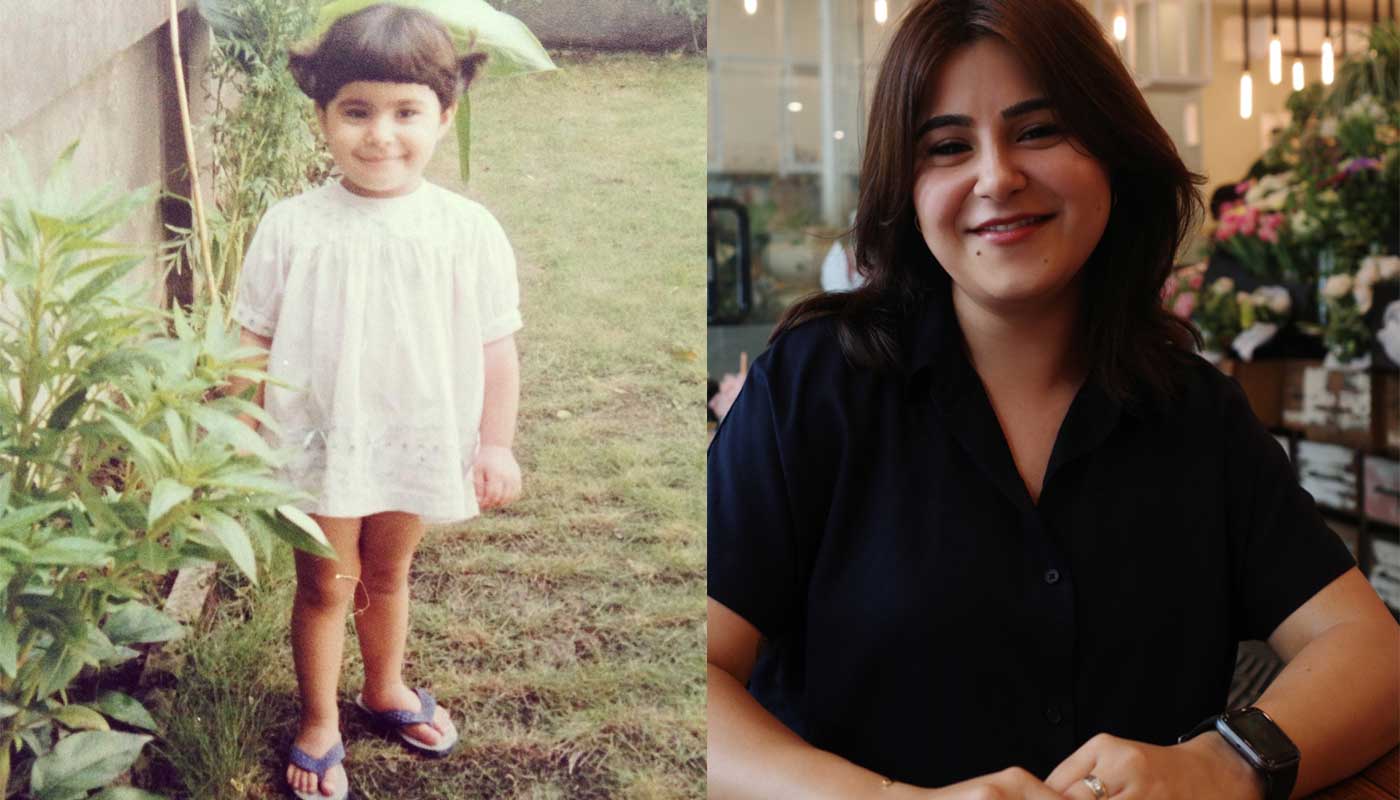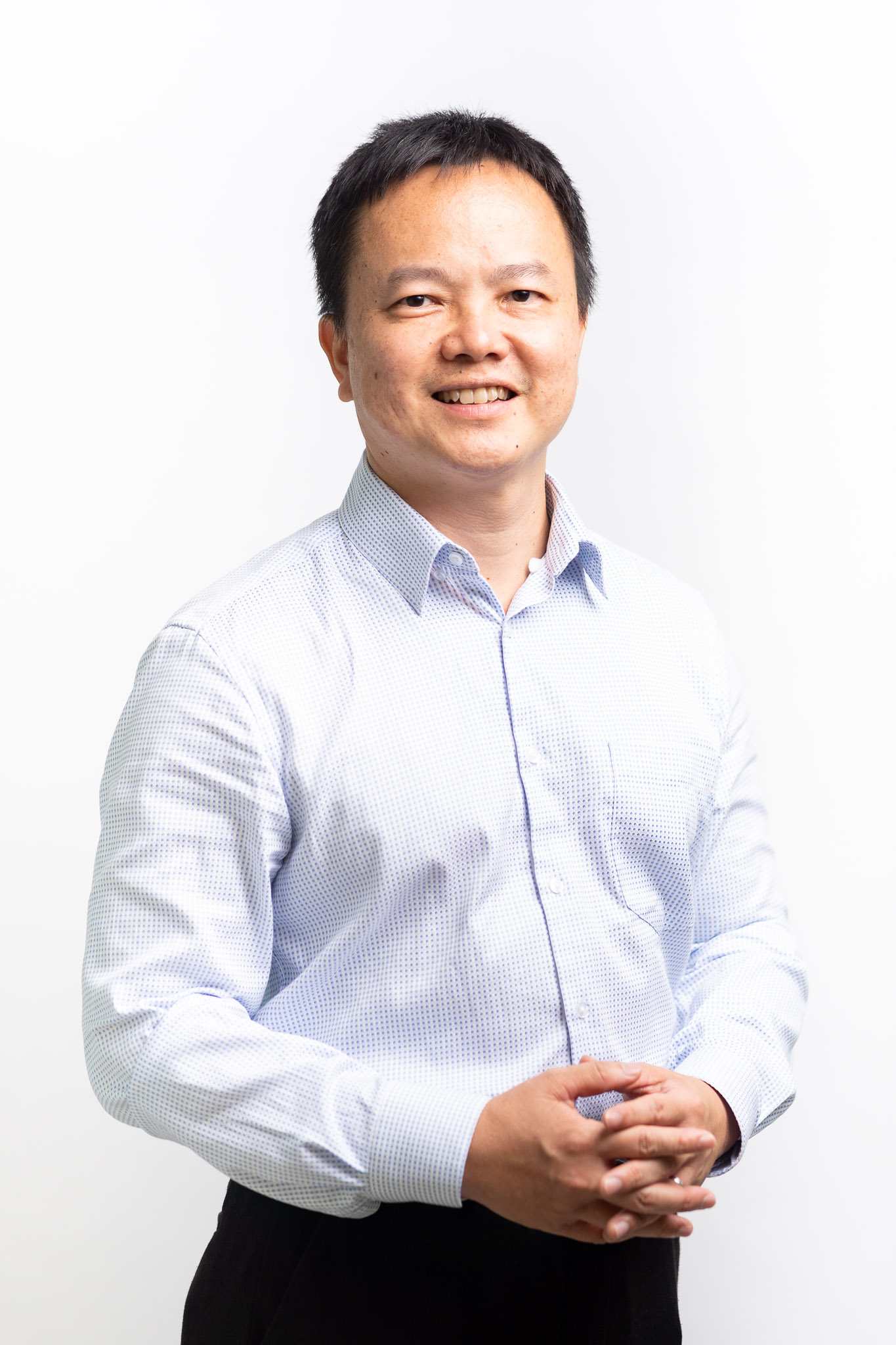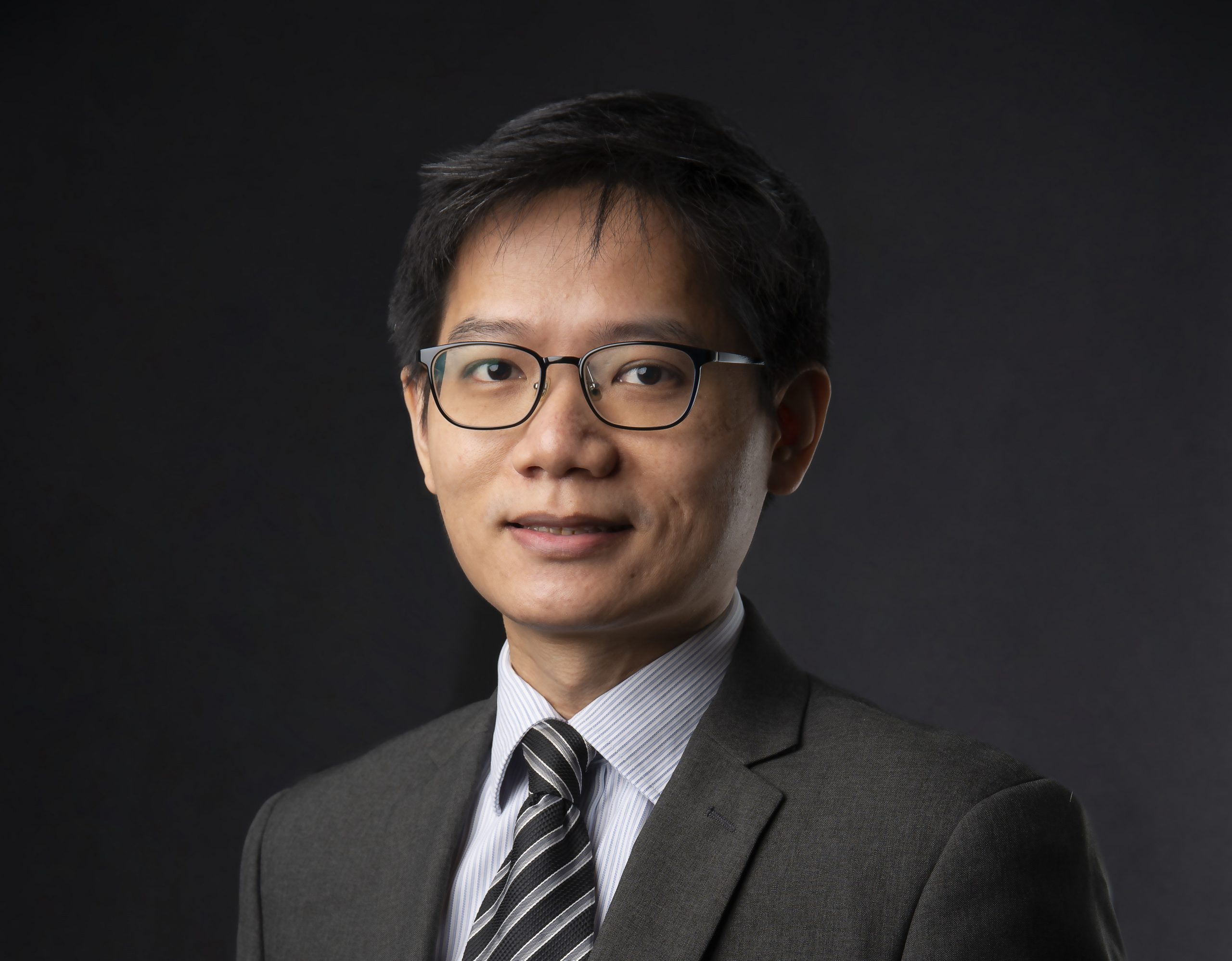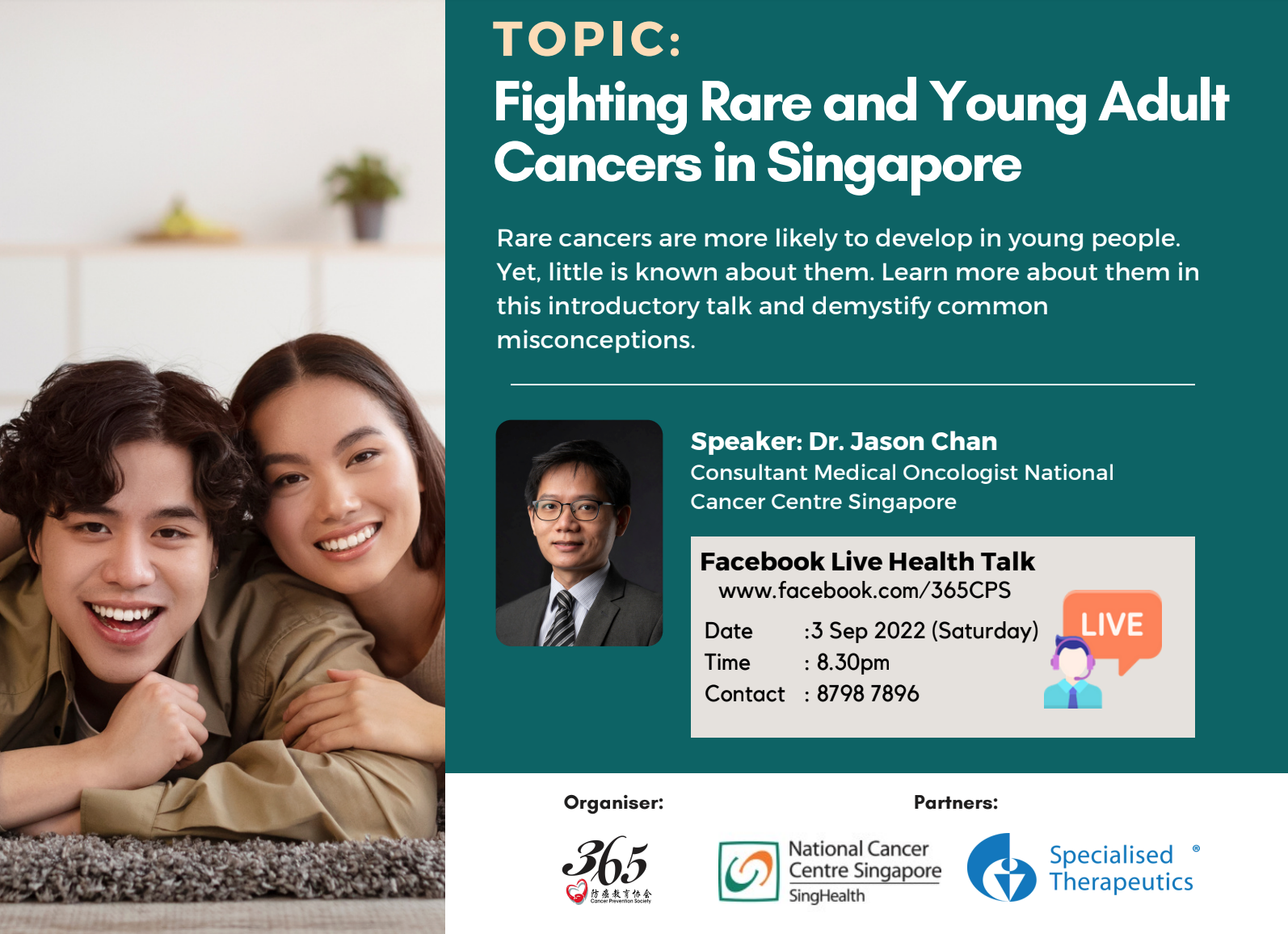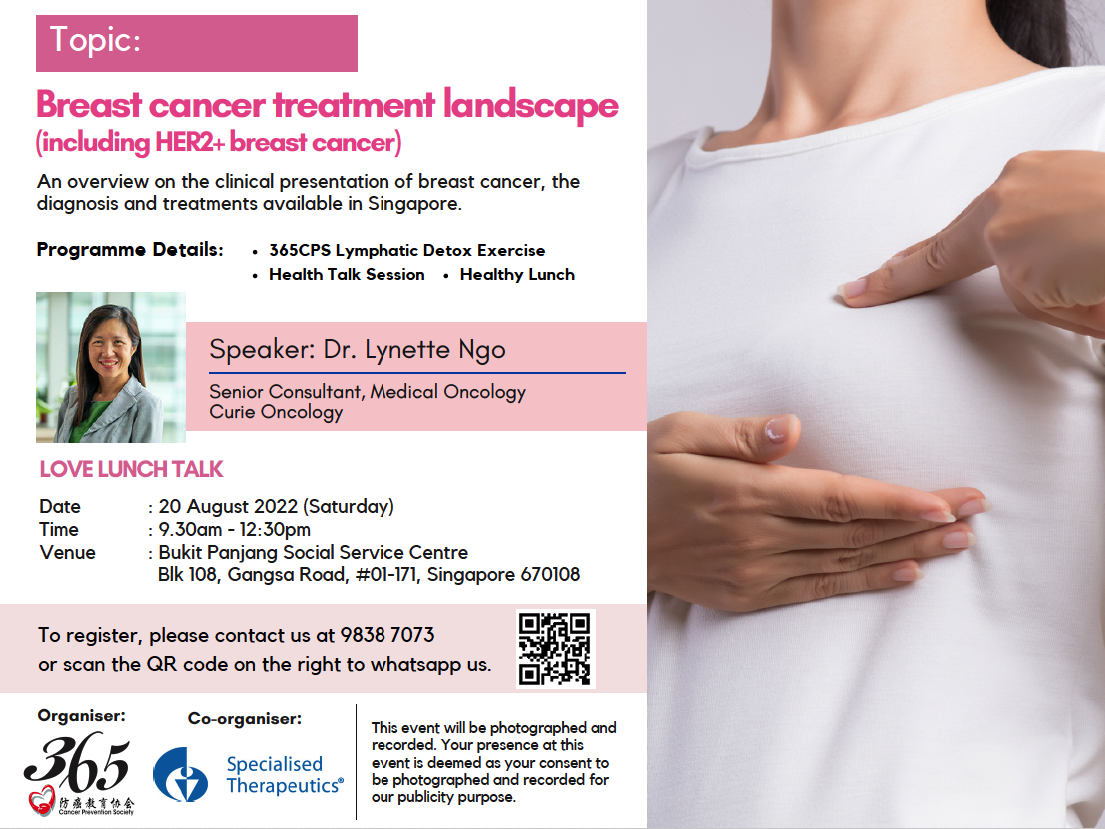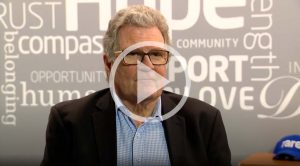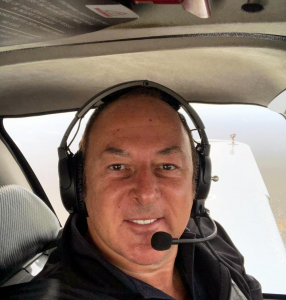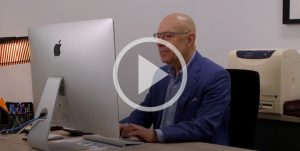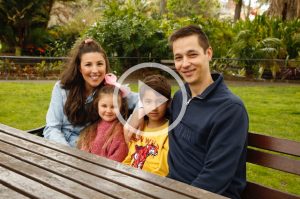International Women’s Day 2023
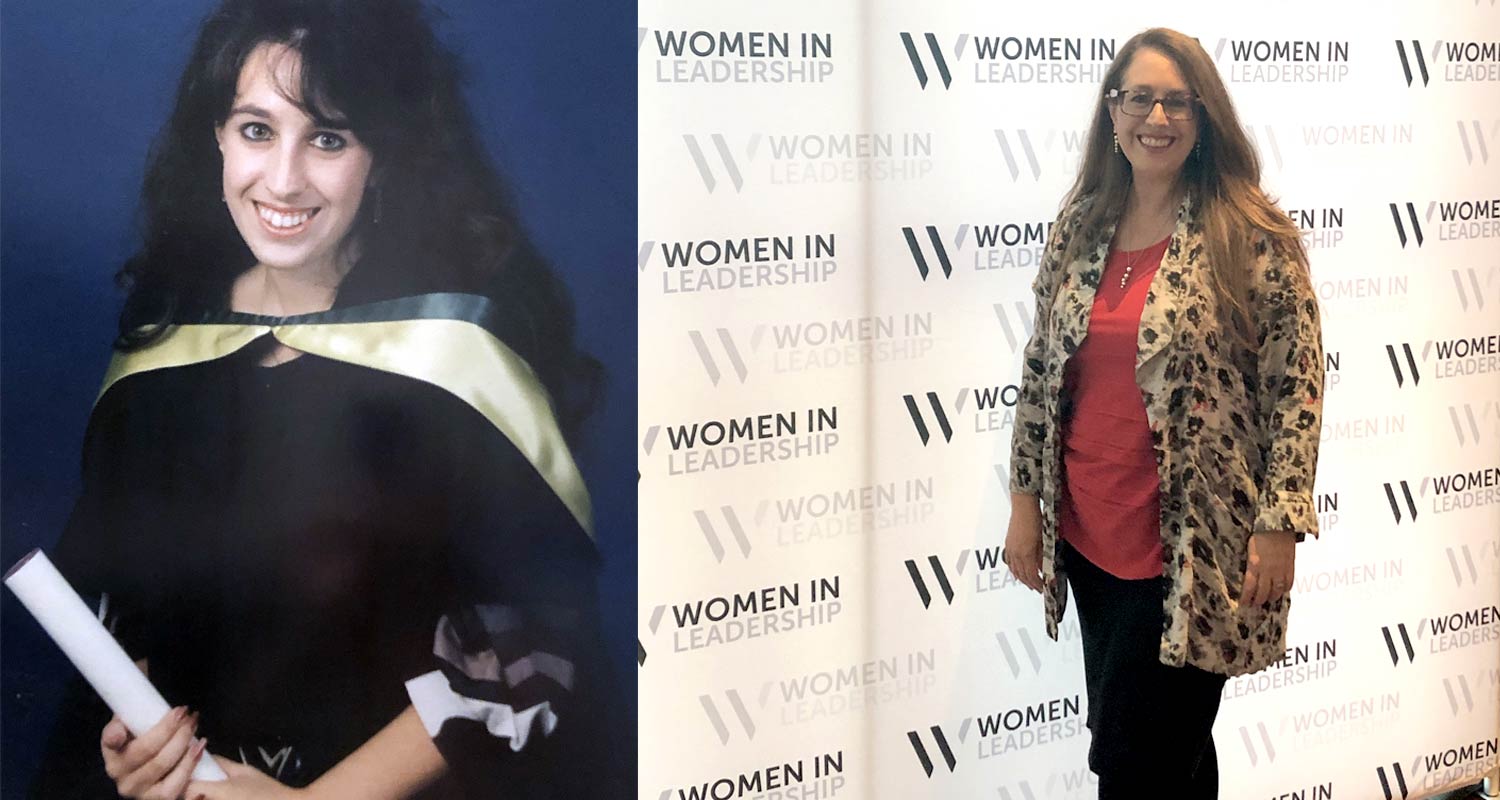
ST Medical Director Paula Fenwick knew from a young age in South Africa that a career in science beckoned. But there were no scientists in her family and her parents were initially reluctant to let her attend university. Her godmother stepped in and helped her blaze a trail that has taken her around the world and allowed her to mentor other young women seeking a STEM career. To mark #IWD23, Paula reflects on her career journey.
“I was born and raised in the small scenic seaside town of East London, South Africa. My parents were Portuguese, and I went to a very English school, which made for a very diverse cultural upbringing.
I always knew I was going to study the life sciences – I asked my parents for a microscope when I was 11 years old! – and I knew that I wanted to be a pharmacist from very early on. I always wondered how the body works and this curiosity is enduring. My parents wouldn’t allow me to go to university as it was 200 kilometres from home, and I got the “you will leave this house when I walk you down the aisle” talk.
Mum was an amazing entrepreneur, but there were no scientists in my family and in fact, no one had gone onto tertiary education. I found an ally in my Godmother and she convinced my parents to let me go to university. I was the first in my family and the first in our local Portuguese community to attend university.
I continued to be the first woman in many areas of my life. I was the first member of my family to reach a management role, at the age of 28.
I was the first and the youngest woman Rotarian in the club that I joined when I was 29, and I was the youngest Rotary President for my club.
When it comes to who has shaped me, there have been several women who have helped shape my career and made me who I am.
From my mother, I inherited an entrepreneurial spirit, and she also brought me into the family business in my teens where I got hands-on experience in sales, marketing and managing a small retail business. Then it was my Godmother who encouraged and acknowledged my achievements throughout my school career.
In the workplace there was Dr Konji Sebati. I worked with Konji at Pfizer in South Africa. She was the Medical Director and I was the Regulatory Affairs Manager. She was the most amazing boss, mentor, ally, friend and overall inspirational person I have ever had the privilege of meeting.
She passed away in 2021 but I will never forget what she taught me. Konji showed me what it meant to be an authentic leader, with compassion and kindness, with resilience in the face of challenges, with strength – and with ‘style’ – which was her version of presence. I now endeavour to share some of her wisdom with other young women I now mentor. Her leadership style lives on!
What would I say to a young woman considering a career in science?
YOU CAN DO IT! If you are interested in science then go for it! There are so many opportunities to find your passion within the workplace.
I often recommend the pharmaceutical industry as it is the perfect example of opportunity tailored to your strengths. As a scientist I can go into manufacturing and production, quality assurance, regulatory affairs, medical affairs, clinical trials, marketing, sales … and the list continues.
I feel that young women don’t always see the potential for a career in science. There is not enough information about the diversity of what is possible.
While the proportion of women researchers is increasing, women remain under-represented in science, and under-represented in authorship.
The women still facing the greatest challenges are those belonging to marginalized groups, or the low- and middle-income countries.
I have ‘had it all’ in my career! I have grown personally and professionally with each role. Some women are worried about how they will manage raising a family and still develop a career – it can be done even as a single mum!
I have over 30 years’ experience in pharma and 12 of those years have been as a consultant while I was raising my girls. I have shaped my career to my strengths and my passion.
I don’t know how it plays out in other industries, but I do know that where there’s a will there’s a way!
Sometimes it’s important to take a few risks to keep going even if it means starting a new business.
March 2023
